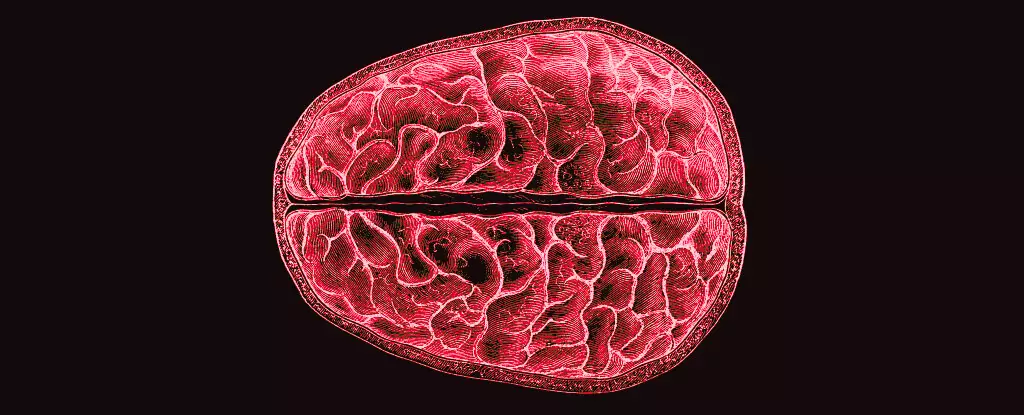Understanding the intricacies of the human brain and how it is affected by hormonal fluctuations is a complex and fascinating area of study. Recent research conducted by neuroscientists Elizabeth Rizor and Viktoriya Babenko from the University of California Santa Barbara has shed light on the structural changes that occur in the brain throughout the menstrual cycle. This groundbreaking study offers valuable insights into how hormones can influence not only reproductive anatomy but also the very structure of the brain itself.
The menstrual cycle is a natural process experienced by individuals who menstruate, occurring approximately 450 times in a person’s lifetime. Despite being such a common occurrence, there has been a lack of comprehensive research on how hormonal fluctuations impact the brain. Rizor, Babenko, and their team highlight this gap in knowledge, emphasizing the need for a deeper understanding of how hormones affect the structural nodes and communication pathways within the human brain.
One key finding of the study is the correlation between hormonal shifts and changes in white matter microstructure. White matter plays a crucial role in transmitting information between different regions of gray matter in the brain. The researchers observed alterations in white matter volume during different phases of the menstrual cycle, particularly around ovulation. Increased levels of hormones such as 17β-estradiol and luteinizing hormone were associated with changes suggesting enhanced information transfer within the brain.
In addition to white matter changes, the study also highlighted the impact of hormone levels on gray matter volume. For example, the hormone follicle-stimulating hormone, which rises before ovulation, was linked to thicker gray matter in certain brain regions. Conversely, progesterone, which increases after ovulation, was associated with changes in tissue volume and cerebrospinal fluid. These findings underscore the complex interplay between hormonal fluctuations and structural changes in the brain.
While the exact implications of these structural brain changes are not yet fully understood, the research paves the way for future studies examining the potential link between menstrual cycles and mental health issues. Understanding how hormones influence brain function on a daily basis and during transitional phases like the menstrual cycle is crucial for comprehending human nervous system functioning across the lifespan. By investigating brain-hormone relationships across different networks, researchers can gain valuable insights into the role of hormones in shaping cognitive processes and emotional well-being.
The study conducted by Rizor, Babenko, and their team represents a significant step forward in unraveling the intricate relationship between hormonal fluctuations and changes in brain structure. By documenting the dynamic shifts that occur in the brain throughout the menstrual cycle, the researchers have highlighted the need for further investigation into how these changes impact overall brain function. This research opens up new avenues for exploring the role of hormones in brain health and underscores the importance of understanding the complex interplay between hormones and brain structure.


Leave a Reply